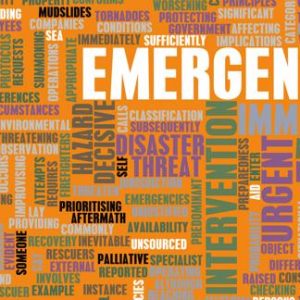
Mastering presentation skills: Captivating your audience
12 Mar 2024
Have you ever heard of glossophobia? It's the fear of public speaking — something that affects 75% of people worldwide. So if the idea of having to give a presentation to others makes you nervous, you're definitely not alone.
The good news is that whether you're leading a team meeting or pitching to stakeholders, there are specific strategies you can keep in mind to not only help you present but take your presentation to the next level. In this article, I'll run through a few of them. Let's get started.
Presentation structure
What do well-organised presentations have in common? They present a clear message and a persuasive argument. No matter what topic your presentation focuses on, start with a detailed outline to guide the flow. A few things to keep in mind:
- Time: How long do you have to present? Just 30 minutes or a full hour? And do you need to leave room for any questions or discussion? Knowing all these details will help you decide how long to spend on each section.
- Objective: What do you want your audience to know, feel or do after your presentation? Once you can answer those questions, you can create a clear introduction, body and conclusion that address that objective.
- Signposts: Signposts are essential in presentations. They're words, such as "next" and "finally" that indicate you're about to make a key point or transition. They help guide your audience through your presentation and keep them engaged and focused on your message.
- Practise: You need to run through your presentation at least a few times, as this will help you decide whether certain parts need to be shortened or cut for time.

Engaging storytelling
In communication and presentations, strong storytelling is a powerful tool for connecting with your audience emotionally and making your message memorable. To achieve this, consider incorporating personal anecdotes, case studies and other examples to illustrate your points and make them relatable.
Take your audience on a journey. Keep narrative in mind to create a compelling story arc that has a clear beginning, middle and end. Then, you stand a better chance of capturing your audience's attention and increasing audience engagement throughout your presentation.
Effective use of visual aids
For a memorable and effective presentation that leaves an impact, you need to do more than just talk. Visual aids can strengthen your points.
Visual aids, such as slides, charts and graphs, can enhance understanding and retention of your message. Keep your visual aids simple and visually appealing, with clear headings and labels. Use images and graphics to illustrate key points and break up text. You can even include a few humorous images or gifs where appropriate.
However, when it comes to visuals, you don't want to go overboard and you definitely don't want them to be the star of the show. That's you and your messaging. Visual aids must enhance the presentation — not detract from your main points.
Elevate your presentation skills with ICML
Whether it's your first time presenting to an audience or just the latest, following the tips above should make things a bit easier. But if you're interested in additional pointers, know that ICML offers a Presentation Skills Course. During this training, we present four proven strategies to help you deal with any nerves. Plus, in this hybrid work world, you'll learn how to adapt your presentation to platforms like Zoom.





